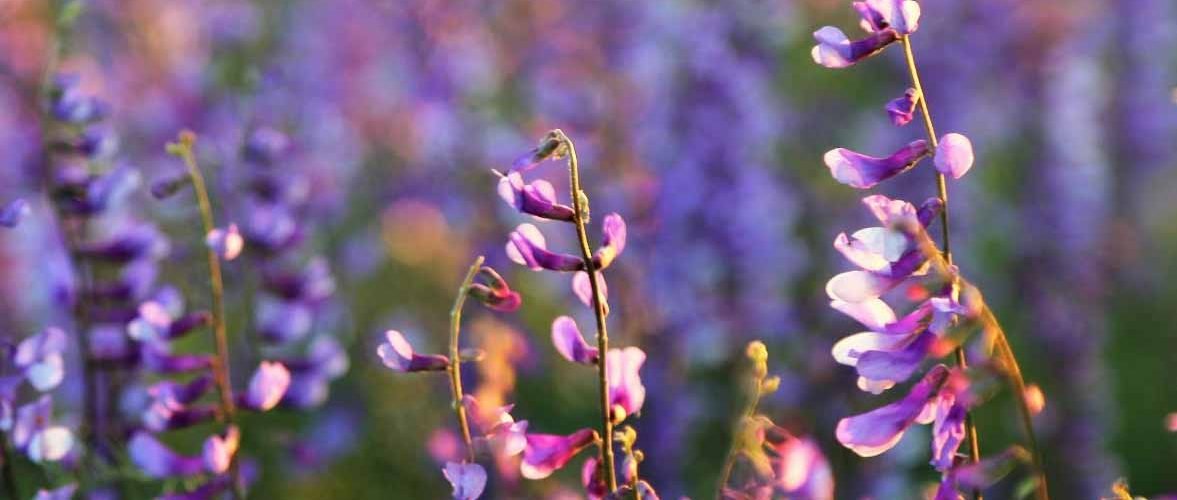In this sustainable world, innovative practices emerge to ensure the floral industry’s harmony with nature. From seed to bouquet, eco-friendly methods are employed, minimizing carbon emissions, conserving water, and protecting biodiversity. Flower farms prioritize organic cultivation, employing natural pest control and minimizing chemical usage.
Local sourcing reduces transportation emissions, while fair trade practices empower communities and uphold social equity. Consumers are educated about the significance of responsible floral choices, encouraging them to opt for seasonal, locally grown blooms.
Through conscious efforts, the floral industry flourishes in a way that nourishes the environment, celebrates natural beauty, and preserves our planet for generations to come. Let’s explore the blossoming eco-floristry movements in Hong Kong and the Philippines, where warm hearts and reflective minds are cultivating change.
Table of Contents
The Beauty and Challenges of Floristry:
Flowers possess an innate power that goes beyond their aesthetic appeal. They have the ability to evoke emotions, uplift spirits, and transform any space into a vibrant oasis of natural beauty. However, the floral industry, despite its enchantment, faces a series of challenges that threaten to diminish its splendor and undermine its sustainability.
One of the most pressing issues is the excessive waste generated by the floral industry. From discarded flower arrangements to packaging materials, the amount of waste produced is staggering. This not only puts a strain on landfills but also contributes to environmental pollution. Moreover, the carbon footprint of the floral industry is significant, with long-distance transportation and energy-intensive production processes being major culprits.
Another concern is the use of harmful chemicals in flower cultivation. Pesticides and fertilizers can have detrimental effects on both human health and the environment. These chemicals can contaminate water sources, harm wildlife, and have long-lasting impacts on ecosystems.
But, there is hope on the horizon. Efforts are being made to overcome these challenges and create a more sustainable floral realm. From innovative packaging solutions to eco-friendly cultivation practices, the industry is gradually embracing a greener approach. Sustainable florists are emerging, prioritizing locally grown flowers, reducing waste, and employing organic farming techniques.
Consumers are becoming increasingly aware of the environmental impact of their choices and demanding more sustainable options. This growing consciousness is driving change in the floral industry, prompting businesses to adopt greener practices and offer eco-friendly alternatives.
By addressing these issues head-on, we can pave the way for a future where the beauty of flowers coexists harmoniously with ecological responsibility. A sustainable floral realm would ensure that our aesthetic delight is not at the expense of the health of our planet. It would mean reducing waste, minimizing carbon emissions, and embracing practices that protect the environment and support local communities.
Hong Kong’s Blossoming Eco-Floristry Movement:
Against the backdrop of towering skyscrapers and bustling streets, a vibrant eco-floristry movement is sprouting in Hong Kong. Local florists are championing sustainable practices that not only bring beauty but also preserve the environment. Collaborations with local flower farms that embrace organic farming methods ensure that our bouquets are grown with love and care for both people and the planet. Reusable and recyclable packaging materials are replacing the wasteful single-use counterparts, reducing the burden on landfills. Embracing floral designs that prioritize locally grown and seasonal flowers not only supports local farmers but also reconnects us with the rhythm of nature.
Cultivating Change in the Philippines:
With its rich biodiversity and vibrant culture, the Philippines holds a special place in the floral tapestry. Recognizing the need for sustainability, the country is embracing eco-friendly practices within its floral industry. Native flowers and plants are taking center stage, reducing the reliance on imported blooms and supporting local ecosystems. Drawing inspiration from traditional weaving techniques and utilizing natural fibers, Philippine florists are creating sustainable floral arrangements that tell stories of craftsmanship and heritage. Collaboration with local communities empowers indigenous florists and ensures a fair and ethical floral trade.
A Floral Future: Bridging Traditions and Sustainability
As we reflect on the significance of sustainable floristry practices in both Hong Kong and the Philippines, we realize that change is possible, and it starts with each one of us. It’s not just about the beauty of flowers but also about the impact of our choices on the environment.
Education and awareness play a pivotal role in driving change within the industry. Yet, challenges persist. The cost of sustainable practices and consumer expectations may pose obstacles. However, by supporting local florists who prioritize sustainability and making conscious floral choices, we can be part of the movement towards a greener future.
Flowers have always held a special place in our lives, but now we have an opportunity to enjoy their beauty in harmony with the world around us. The eco-floristry movements in Hong Kong and the Philippines remind us that sustainability is a journey worth embarking on. Let’s embrace warm hearts and reflective minds as we support initiatives that bring us closer to a future where every bloom tells a tale of love, compassion, and respect for our planet.





